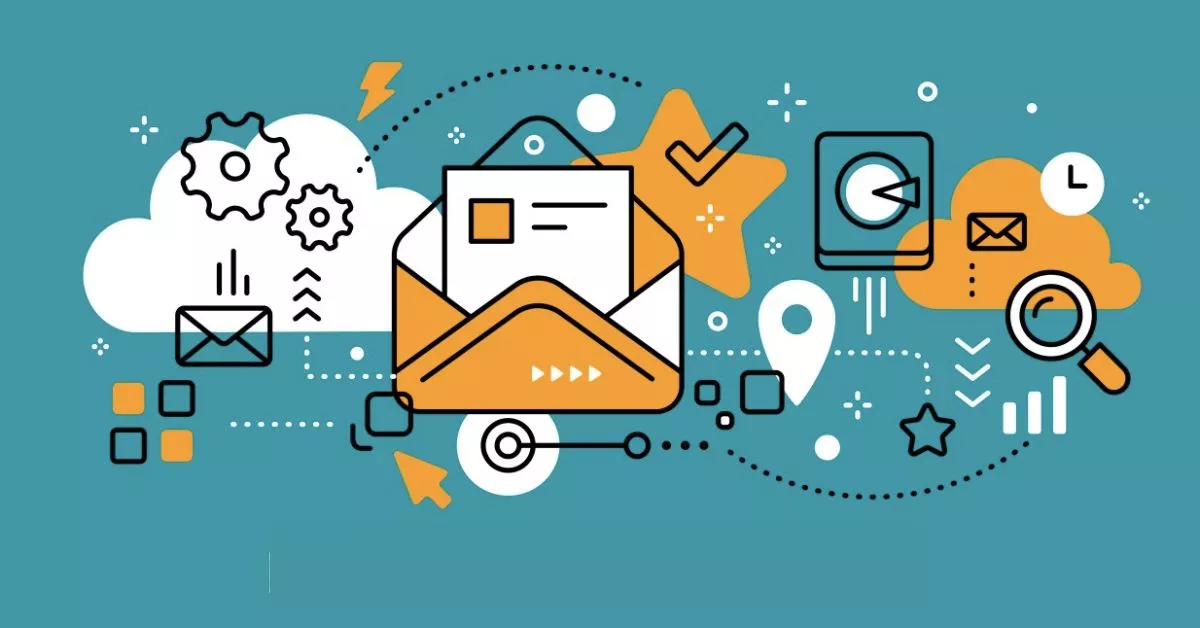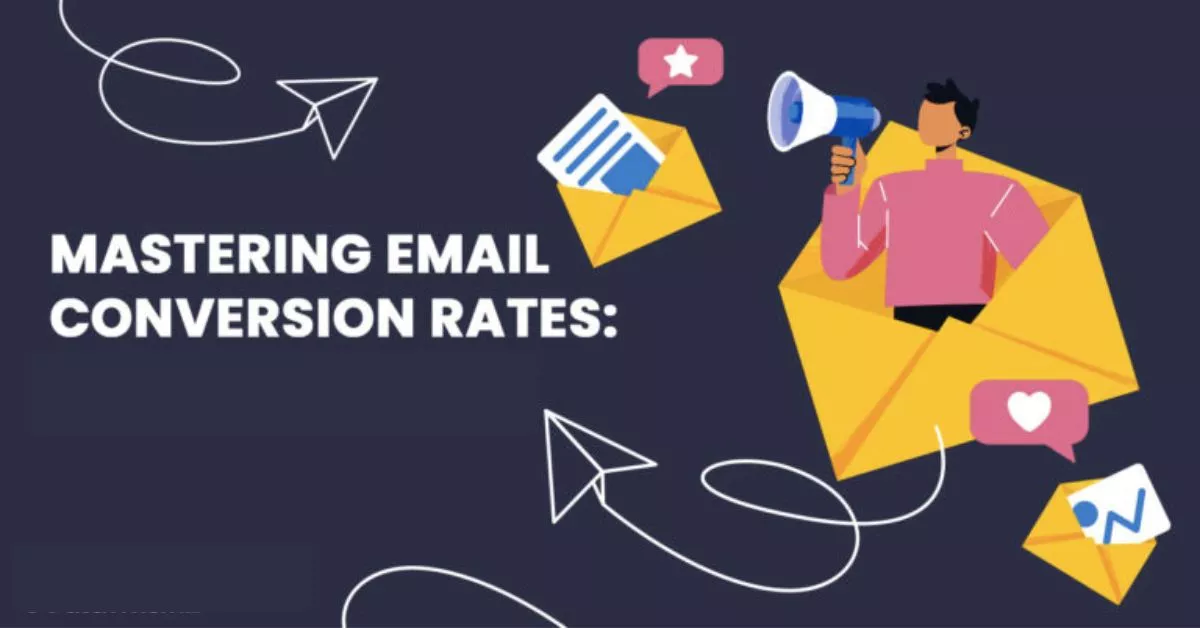In the fast-paced digital world, email remains one of the most effective channels for communication, marketing, and nurturing customer relationships. However, crafting emails that convert, enticing recipients to take the desired action, is an art that requires careful consideration and strategic execution.

Understanding the Psychology of Email Engagement
To master email conversion, it’s essential to understand the psychology of email engagement. Recipients are bombarded with countless emails daily, making it crucial to capture their attention and pique their interest within the first few seconds.
Crafting Captivating Subject Lines
The subject line serves as the first point of contact, determining whether or not an email will be opened. Effective subject lines are concise, compelling, and relevant to the content of the email. They should create a sense of urgency, intrigue, or curiosity to entice recipients to open and read further.
Personalization and Segmentation
Personalization plays a significant role in email engagement. Addressing recipients by name and tailoring the content to their specific interests and preferences increases the likelihood of them connecting with the message. Segmentation, dividing your email list into smaller, more targeted groups based on shared characteristics, allows for even more personalized messaging.
Compelling Content and Clear Calls-to-Action
The content of your email should be engaging, informative, and relevant to the recipient’s interests. Use clear language, storytelling techniques, and visuals to capture attention and convey your message effectively. A strong call-to-action (CTA) is crucial for driving the desired action, whether it’s visiting a website, making a purchase, or signing up for a newsletter. Make your CTA clear, concise, and visually distinct.
Optimizing Email Format and Timing
The format of your email should be visually appealing and easy to read on various devices. Optimize your email for mobile devices, as a significant portion of emails are opened and read on smartphones. Timing is also important; consider when your recipients are most likely to be engaged and send your emails accordingly.
Testing and Refining
Email marketing is an iterative process, and continuous testing is essential for refining your strategies and improving conversion rates. Use A/B testing to compare different subject lines, content variations, and CTAs to identify the most effective elements. Analyze email performance metrics such as open rates, click-through rates, and conversion rates to make data-driven decisions.
Additional Tips for Mastering Email Conversion
- Maintain a consistent brand voice and messaging.
- Use relevant visuals and engaging imagery.
- Keep your emails concise and to the point.
- Proofread carefully to avoid errors.
- Comply with anti-spam regulations.
- Track and measure your results.
By understanding the psychology of email engagement, crafting compelling subject lines, personalizing content, using strong CTAs, optimizing email format and timing, testing and refining strategies, and following additional tips, you can master email conversion and craft messages that drive the desired action, turning email marketing into a powerful tool for achieving your business goals.

FAQs on Crafting Conversion-Driven Emails:
How crucial are engaging subject lines for email conversions?
Subject lines are vital as they determine whether your email gets opened. A compelling subject line can significantly increase open rates.
What role does personalization play in email conversion rates?
Personalized emails tailored to recipients’ interests and behaviors tend to have higher open rates, engagement, and conversion potential.
How can storytelling be leveraged in email content for better conversions?
Storytelling adds an emotional connection, making content relatable and memorable, which can positively impact engagement and conversions.
What are some effective ways to optimize CTAs in emails?
Ensure CTAs are clear, action-oriented, strategically placed, and aligned with the email content, compelling recipients to act.
Why is A/B testing valuable in email marketing?
A/B testing allows you to experiment with different elements to identify what resonates best with your audience, optimizing email performance.
How important is mobile optimization in email campaigns?
With the rise in mobile users, ensuring emails are mobile-responsive is critical for better user experience, engagement, and conversions.
Conclusion:
Crafting high-converting emails involves understanding your audience, creating engaging content, employing effective CTAs, and continuously optimizing through testing. By implementing these strategies and understanding the nuances of your audience, you can craft emails that captivate, resonate, and drive desired actions.
